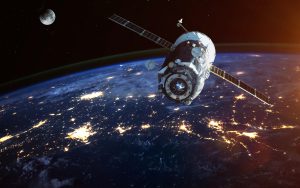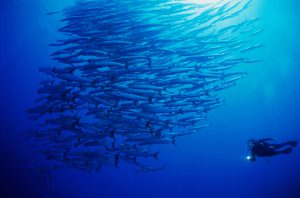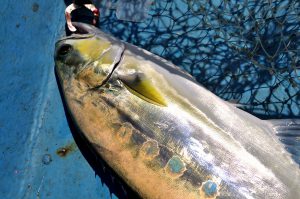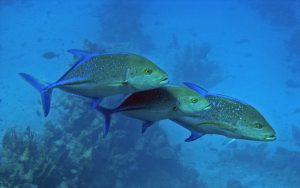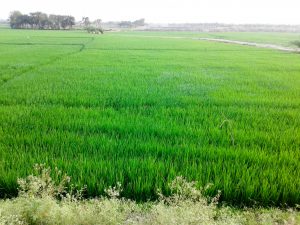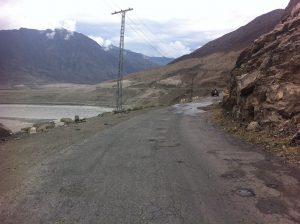As the name suggests, Plastic Not Fantastic is a new exhibition highlighting the problem of marine plastic pollution and some of the high- and low-tech approaches to tackling it. Opening at the Royal Society in London this week one of its curators, oceanographer and climate scientist Professor Erik van Sebille, talks about why oceanic plastics are such an urgent issue.
chinadialogue: Can you tell us about the exhibition, what it will show and what do you hope the impact will be?
Erik van Sebille: By highlighting what we do know and what we don’t [about marine plastics pollution], we can start a larger discussion on the place of plastic in our society, based on scientific facts and knowledge.
One of the new things we will be showing is where plastic that enters the ocean from the UK ends up. [For an interactive map of marine plastic distribution click here].
We’ve found that a very large fraction of that plastic eventually ends up in the Arctic. This is very problematic as the Arctic is a extremely vulnerable ecosystem, where plastic only puts more pressure on species and organisms already threatened by climate change and sea ice melt. So in the UK, and much of the rest of northwest Europe, we have a specific duty to take care of our plastic waste.
CD: Can you outline the scale of the problem, the impacts on the marine environment from plastics, and the consequences if we do nothing?
EVS: It is quite shocking, but literally everywhere we look in the ocean, we find plastic. We can’t trawl a net along the surface, take a sample from the seafloor, or cut open a fish, without finding plastic. We are just starting to grapple with how much plastic there really is in the ocean.
But on the other hand, we do not really know what the impact of plastic on ecosystems is. Only very recently has research started to show that populations of fish and oysters are affected in their reproduction and life span if they eat plastic. This is very worrying, and many researchers are now trying to find out what this means on a global scale to our ocean ecosystems.
CD: Can you outline the measures that are needed to prevent the discharge of plastics and compounds into seas and oceans?
EVS: Plastic is so omnipresent in our economy and society, and such a great and valuable product, that I don’t think the solution is to stop using it. If we stop using plastic for packaging, for example, transport costs (and the carbon dioxide emissions that are associated with these), will go up, and we trade the plastic problem for a climate problem.
The solution instead is to make sure plastic doesn’t leak into the environment. Whether that’s though more recycling or through waste-to-energy systems, our waste stream management needs to be much tighter. There is no silver bullet, no one thing we can do to stem the problem. Instead, we should do a lot of things at the same time.
An example where I think huge advances could be made is in sewage treatment plants. Enormous amounts of tiny plastic fibres and pellets enter our rivers and streams because they are too small to be effectively filtered out in the sewage works. We clearly need better filters, which is a challenge that I hope the engineers will address.
Another strategy to reducing the impact of plastic is to make products more degradable in the ocean. This is the realm of chemical engineers, perhaps jointly with biotechnologists who could develop plastic-degrading enzymes, and they need to step up the research into plastic fit for their purpose.
CD: What technology and techniques could be deployed to capture, break down plastics in the oceans?
EVS: The ocean is so large that it is very difficult to capture plastic once it enters the open ocean. It might be possible, and some groups are actively working on trying to remove plastic from the middle of the ocean. By far the most cost-effective way is to clean beaches and coastlines. Plastic that is removed on our coastlines will not re-enter the ocean, and will stop being harmful.
CD: How can plastics manufacturers be persuaded to use greener alternatives?
EVS: I’m an optimist in that I think the industry is fully on board with trying to solve this problem. As I said before, plastic is just too useful a material to stop using in many applications. Of course there are applications such as microbeads in cosmetics, one-use straws, or helium balloons where one can seriously question the use of plastic, but most of plastic use has its place in our economy.
The key thing is to stop the leakage of plastic waste into the environment.
Credit: (The Grantham Institute / Imperial College)
The Summer Science Exhibition will run in London from July 4 to July 10. For more information on the exhibition see here.

